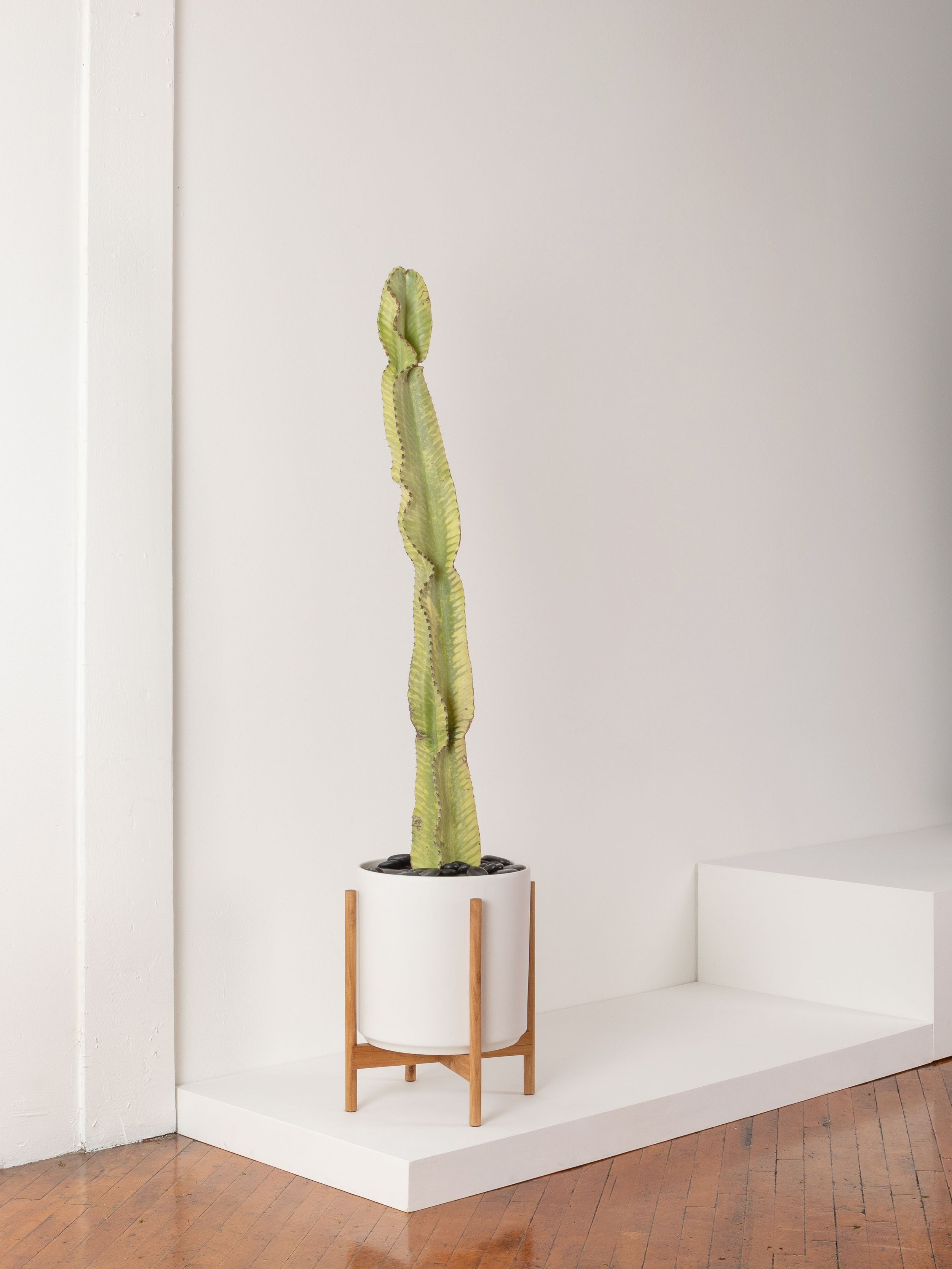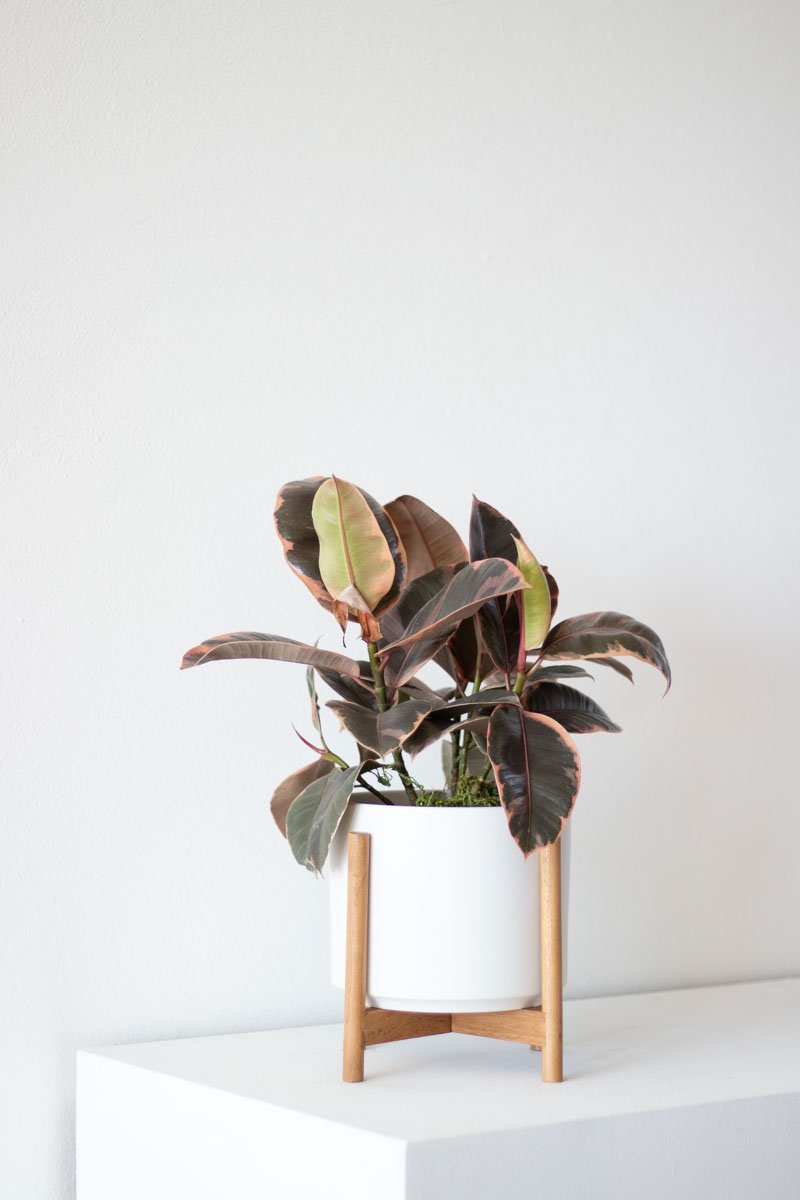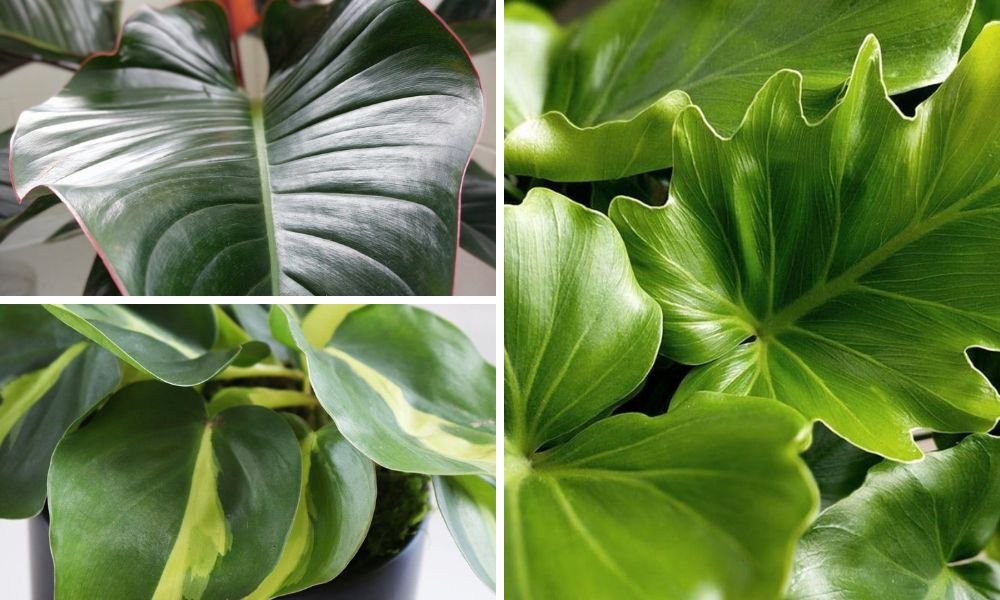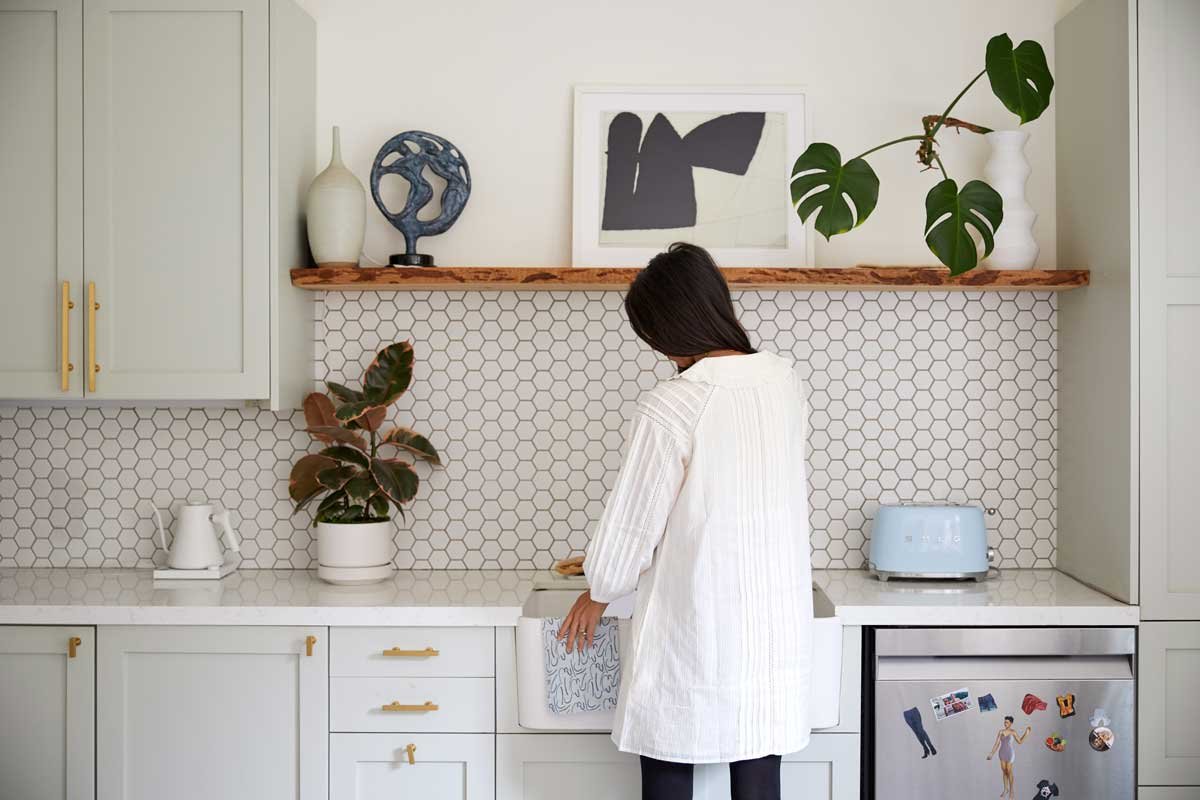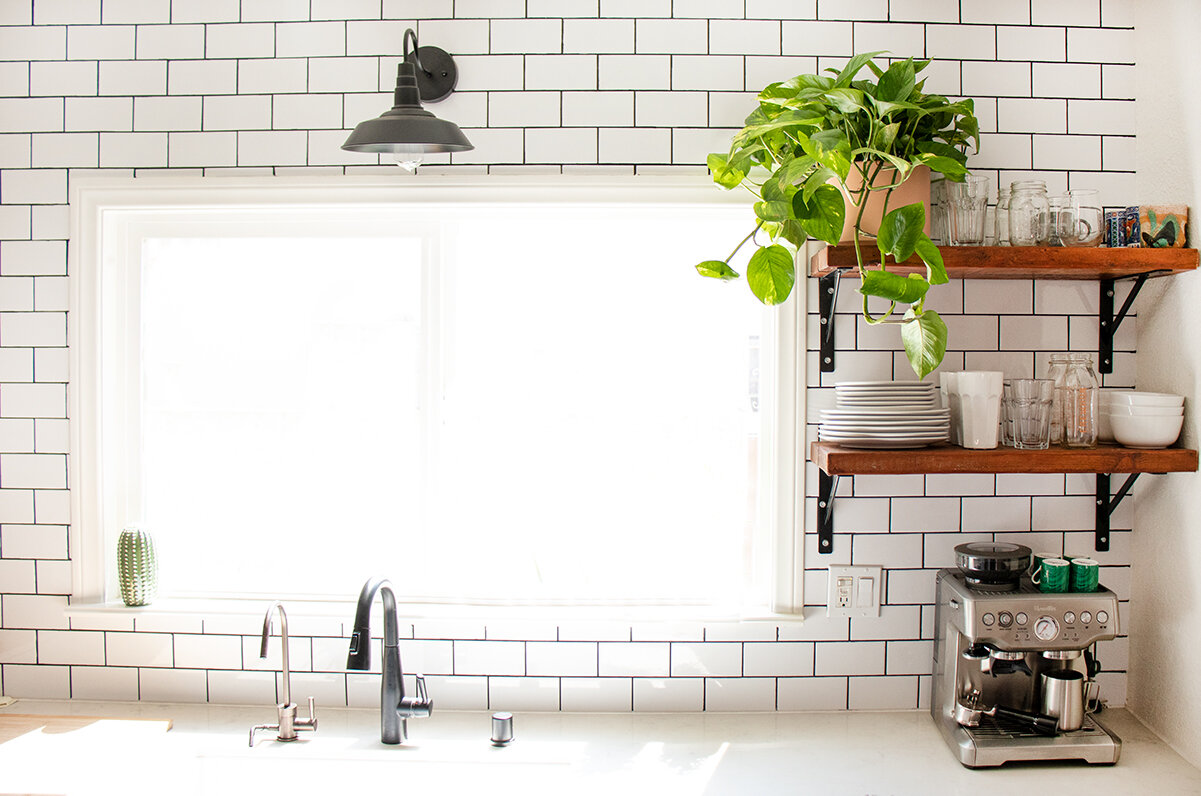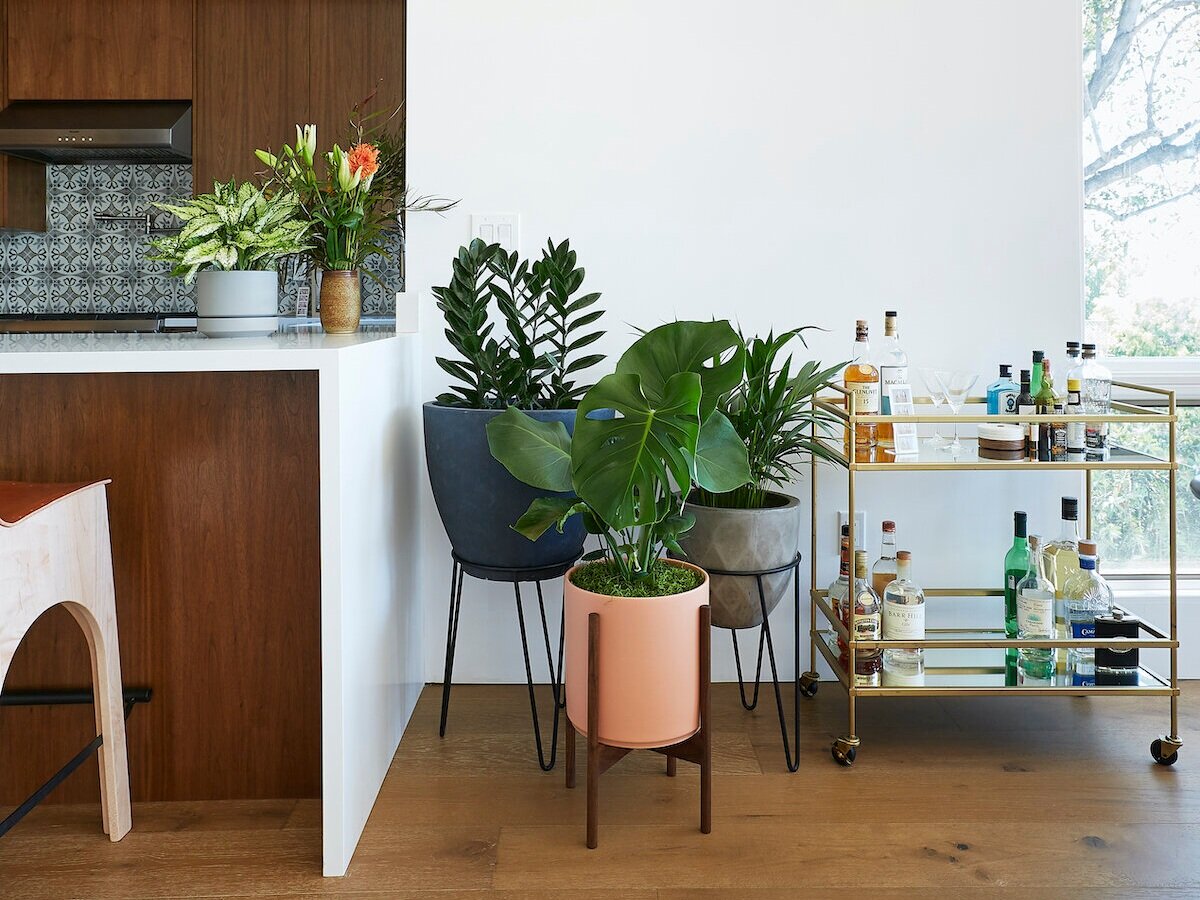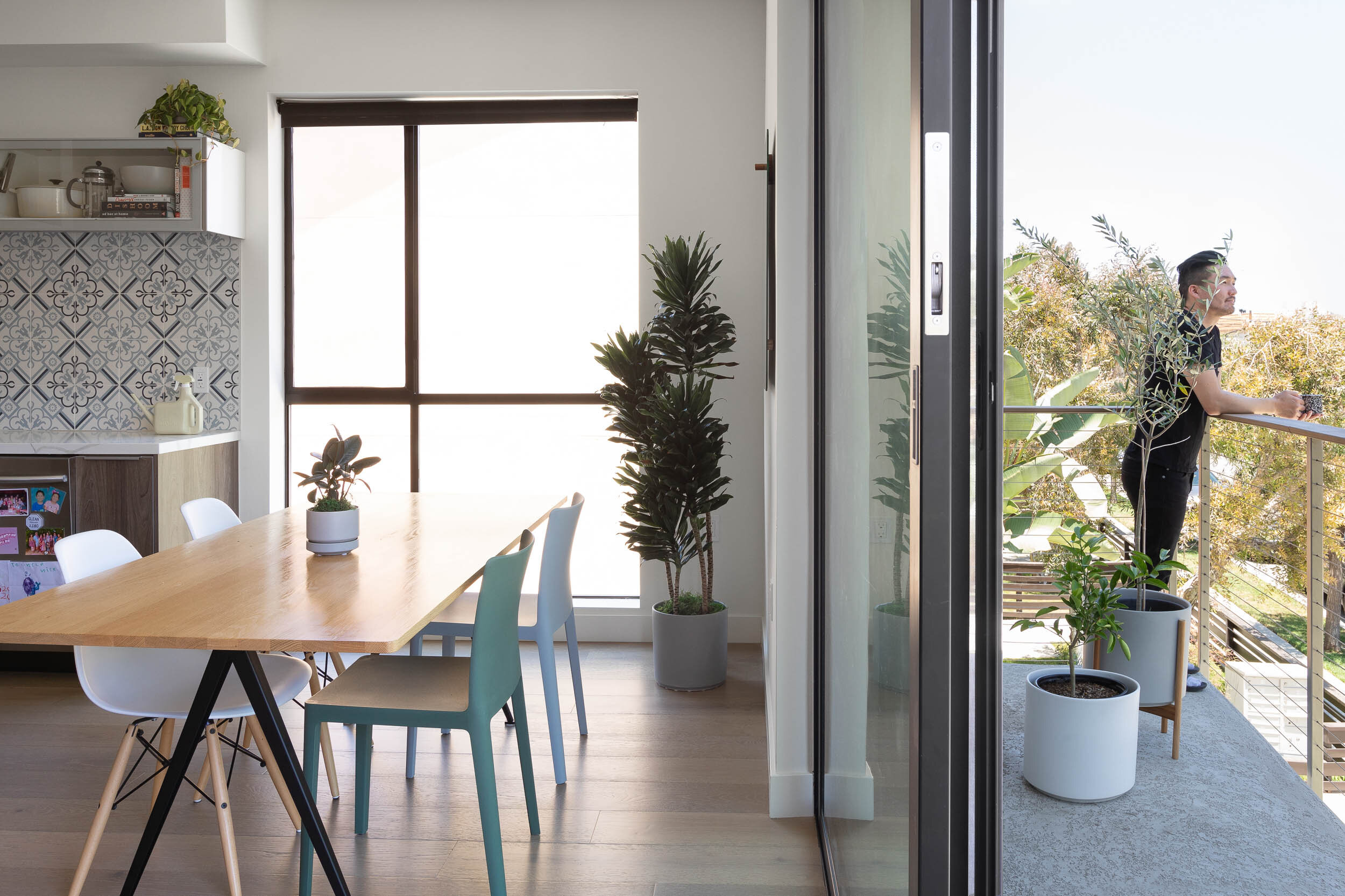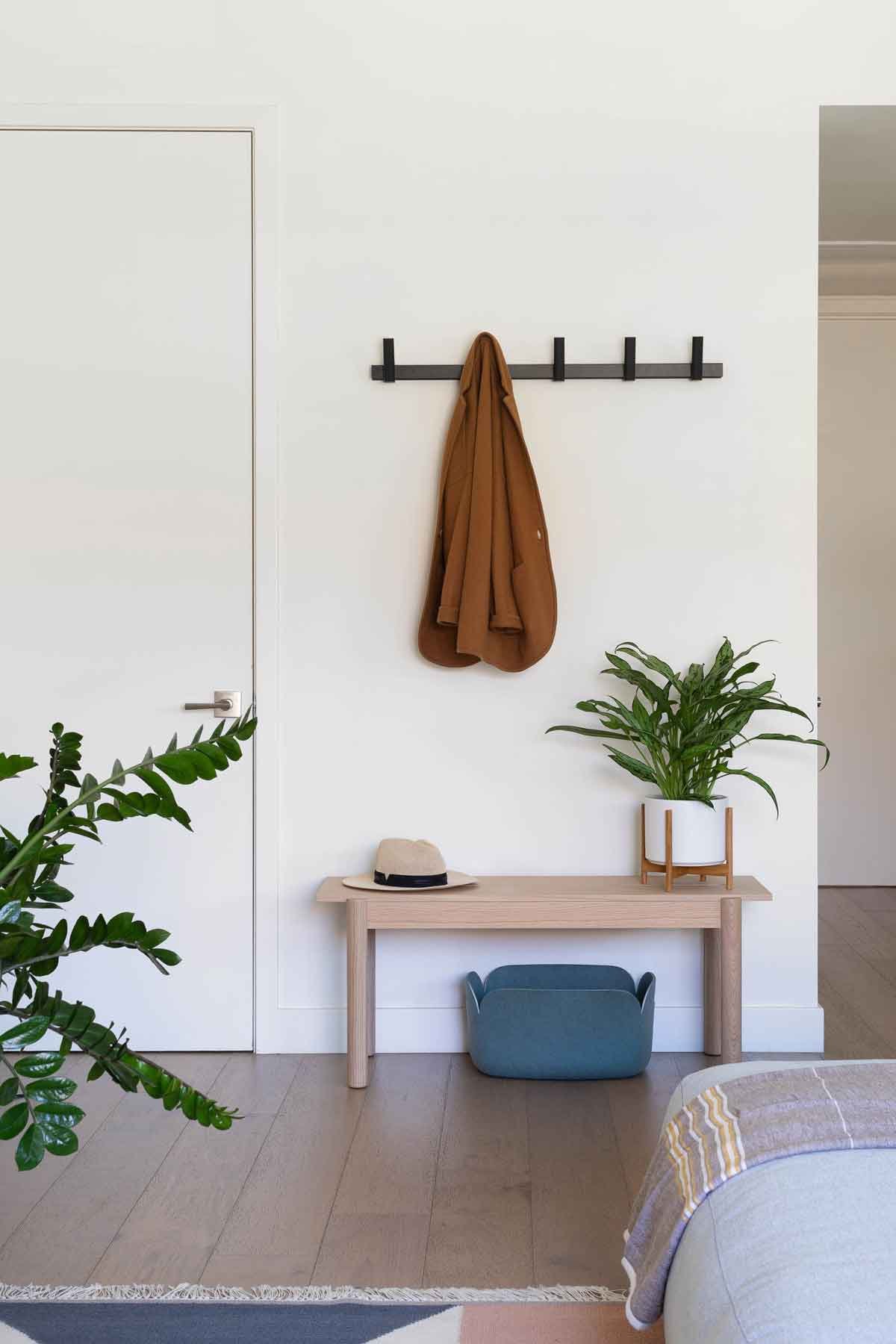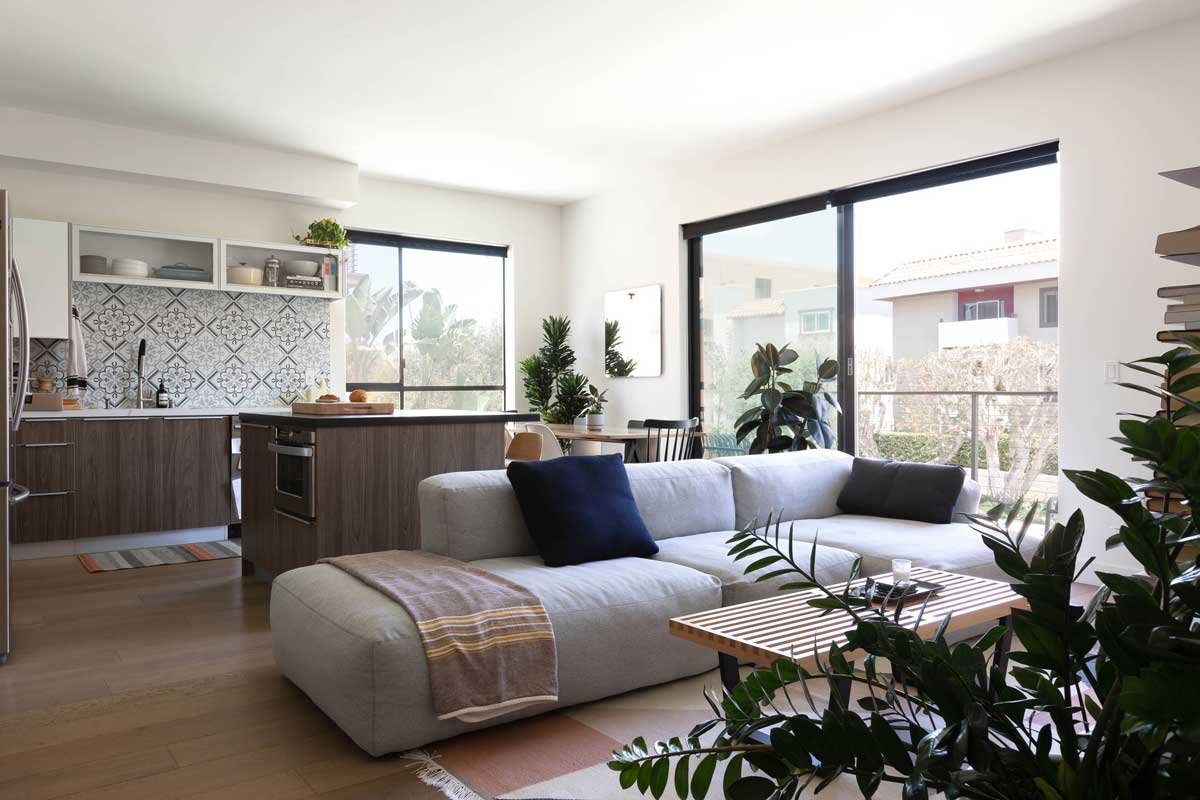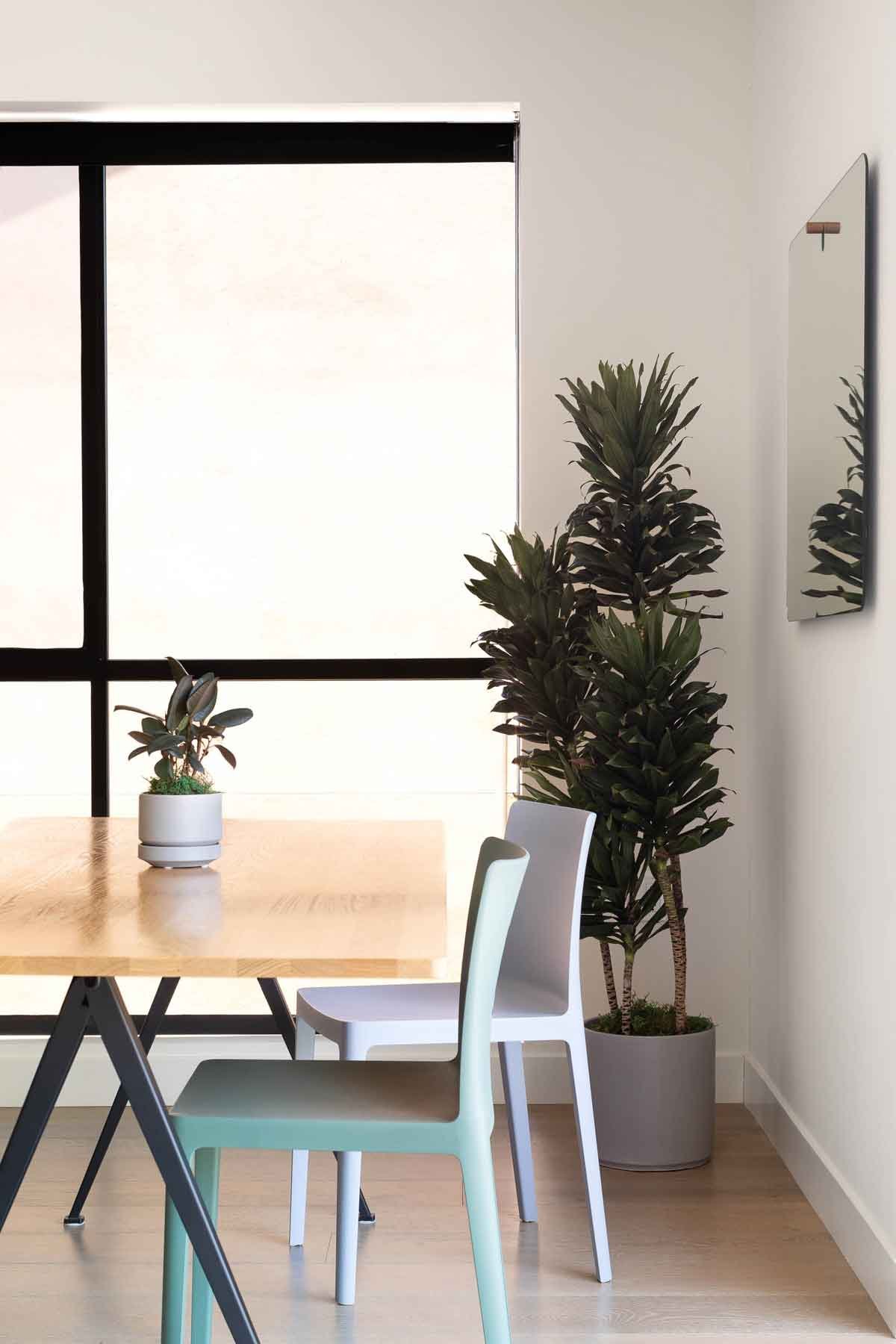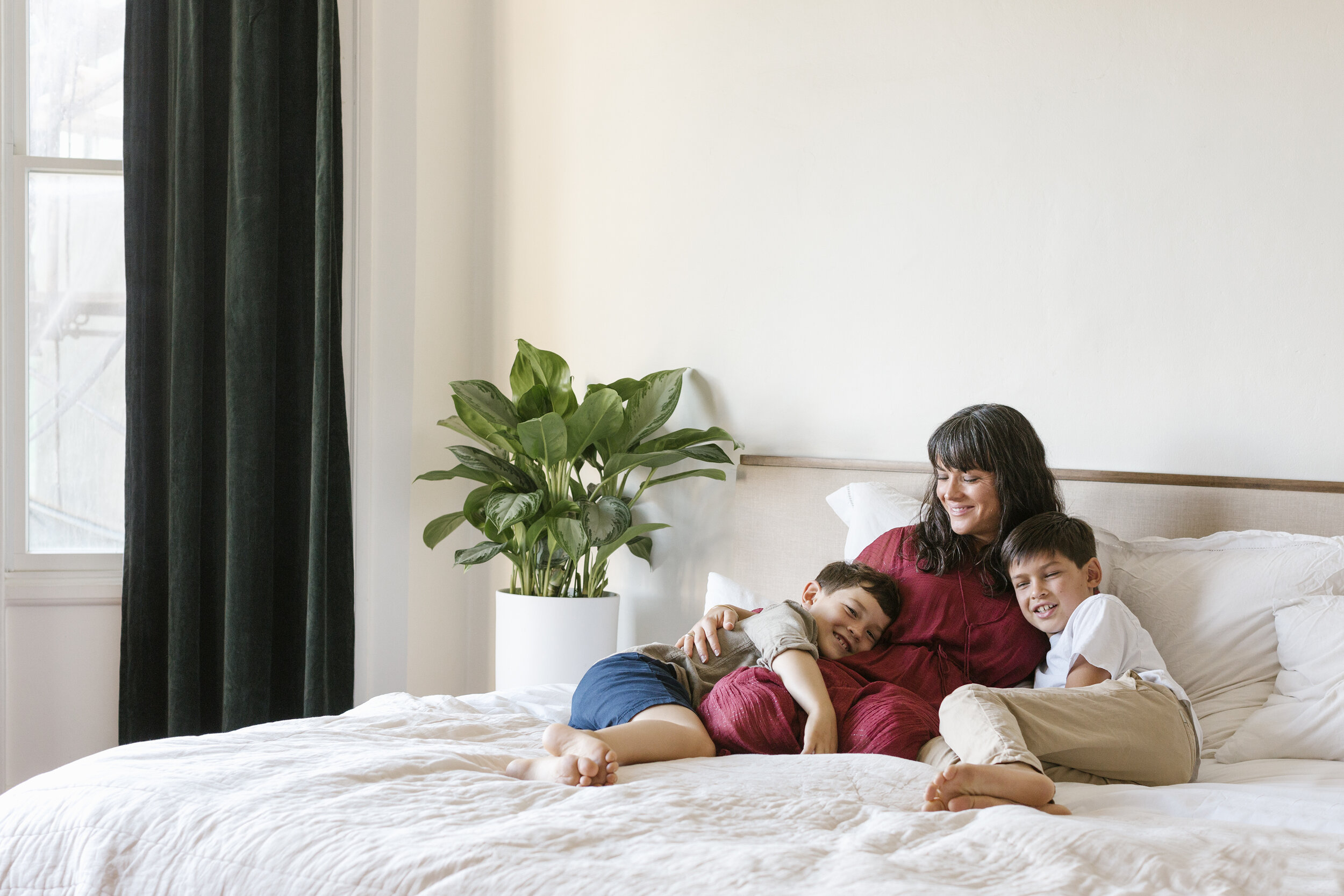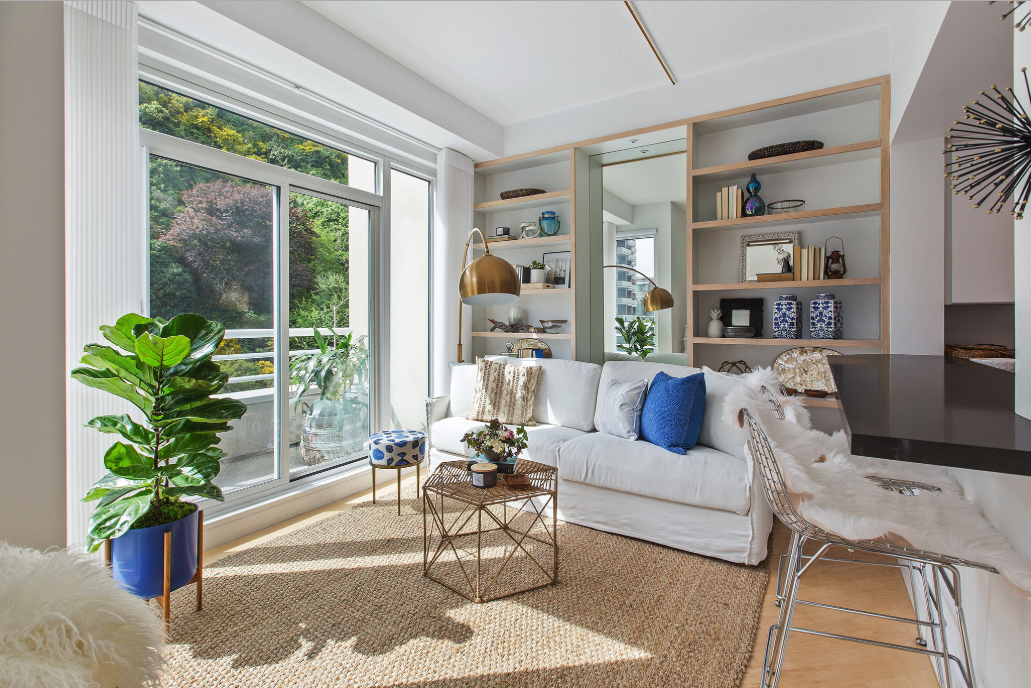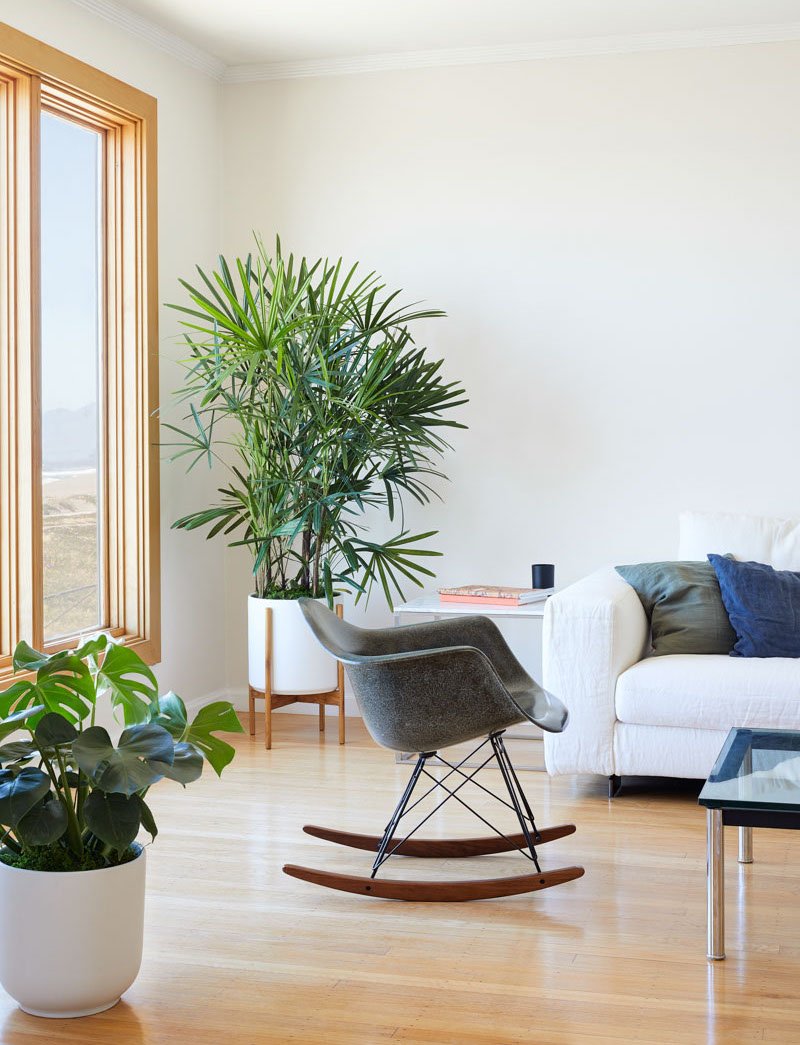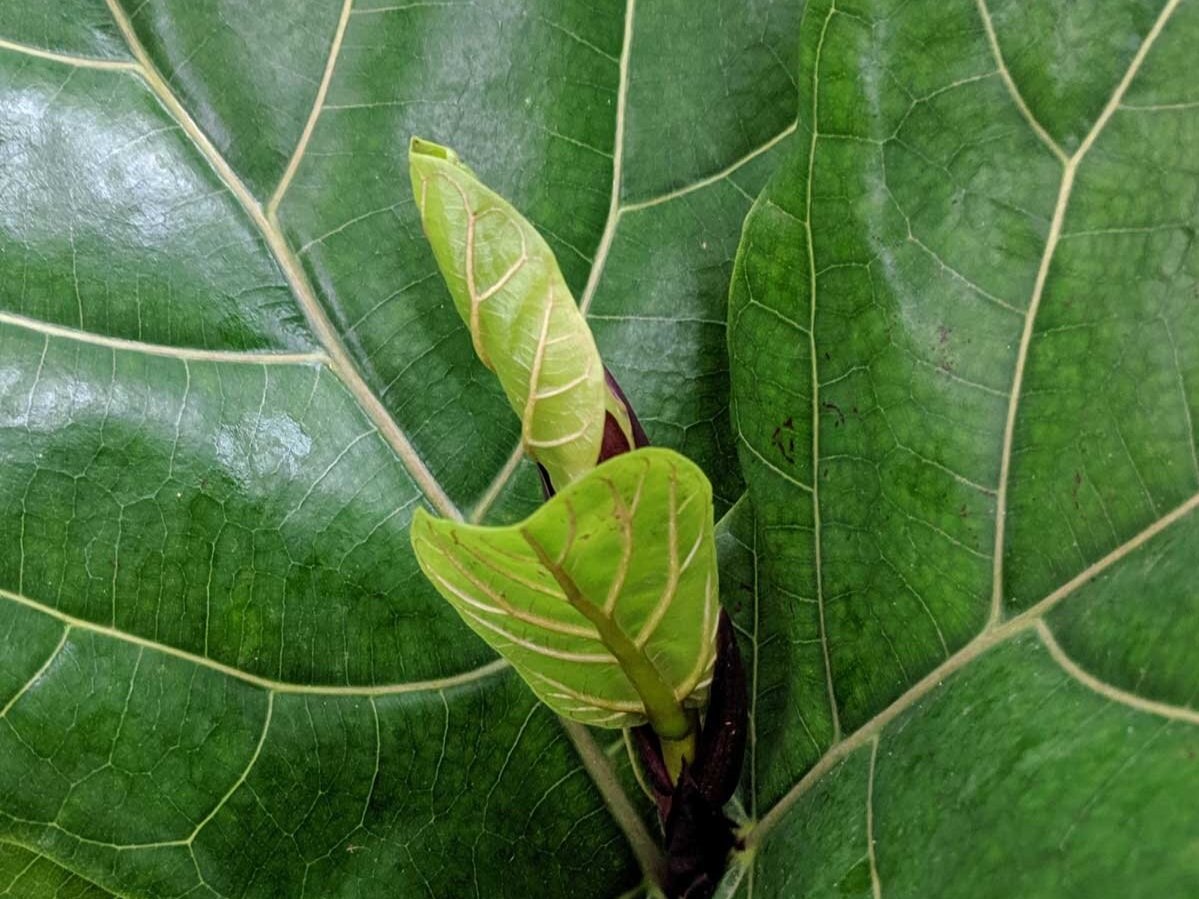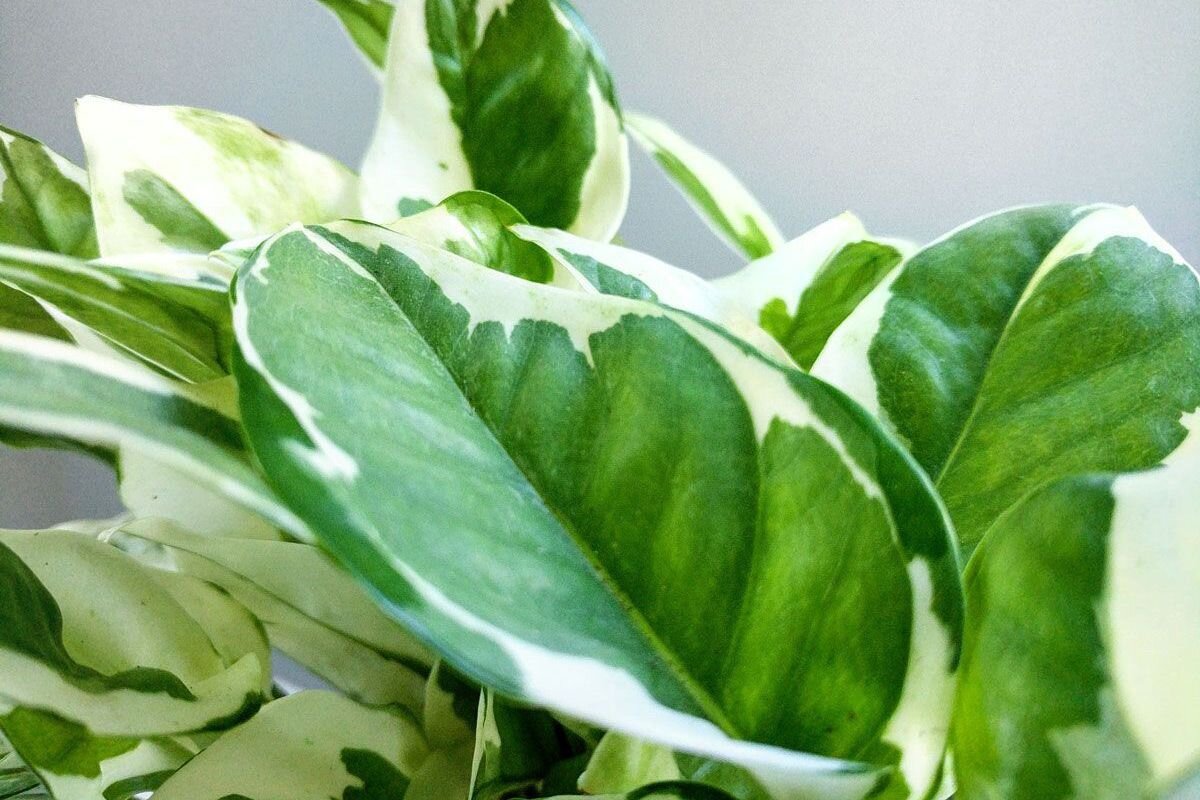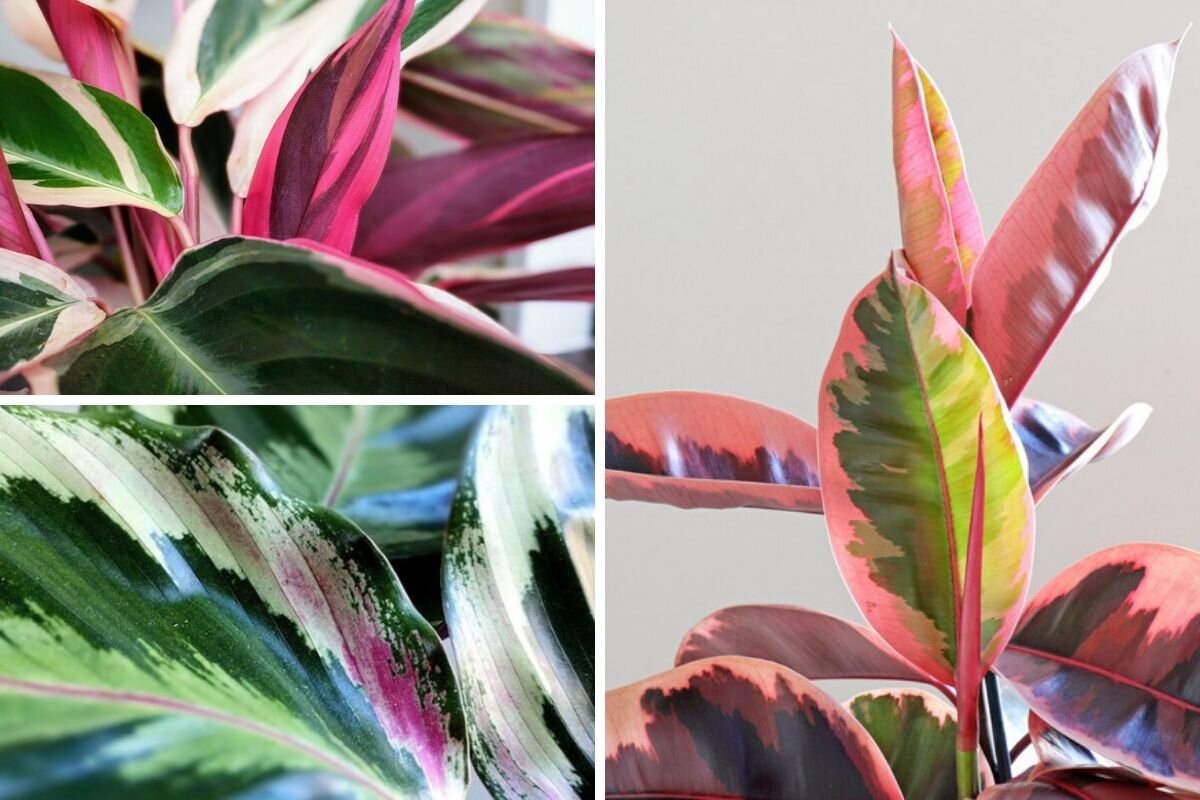Angela Tafoya, Editorial Director of Lonny Mag and self-professed maximalist in her gorgeous San Francisco Craftsman home.
On a bustling block in San Francisco’s Inner Sunset District, a row of enchanting Craftsman homes quietly sit and observe the neighborhood’s daily activity: a Muni bus rumbles past, pedestrians wait at a crosswalk, and the Catholic school down the street just sounded its recess bells.
These Craftsman homes have been here for over a century, built just after the 1906 fires and seemingly unchanged since. But what lies behind their impressive facades tells another story, and we were lucky enough to take a peek for ourselves inside the beautiful family home of Angela Tafoya, Editorial Director of Lonny Mag, the go-to online publication for inspiration on accessible home design.
Join us as we tour a home which proves that the luxury of maximalism and the nuanced impact of minimalist style can more than coexist: these decor trends are actually the perfect pairing!
A glossy Rubber Tree is the perfect greeting on this bright landing.
Originally hailing from New Mexico, Angela has called the Bay Area home for over 15 years. And not long ago, she and her husband took on the opportunity of a lifetime: the exciting (albeit daunting) task of renovating their family’s 7th Avenue craftsman, with the goal of creating a space that honors original details while also feeling modern and fresh. The result is a unique blend of classic yet contemporary, luxe yet minimal: the ideal canvas for exploring the latest trends.
After all, somebody has to do it, right?
A lush Pink Rubber Plant is the perfect addition to highlight the texture and creamy tonality of whitewashed brick.
Angela has always found herself inherently drawn to lifestyle inspiration and considered interiors, and for her, the fast pace of digital media couldn’t be a better fit. Like a snapshot taken directly out of the latest issue of Lonny Mag, her living space is truly a dream. Unique details abound, with varying textiles and cushions juxtaposed by glossy coffee table literature and standout pieces of original art.
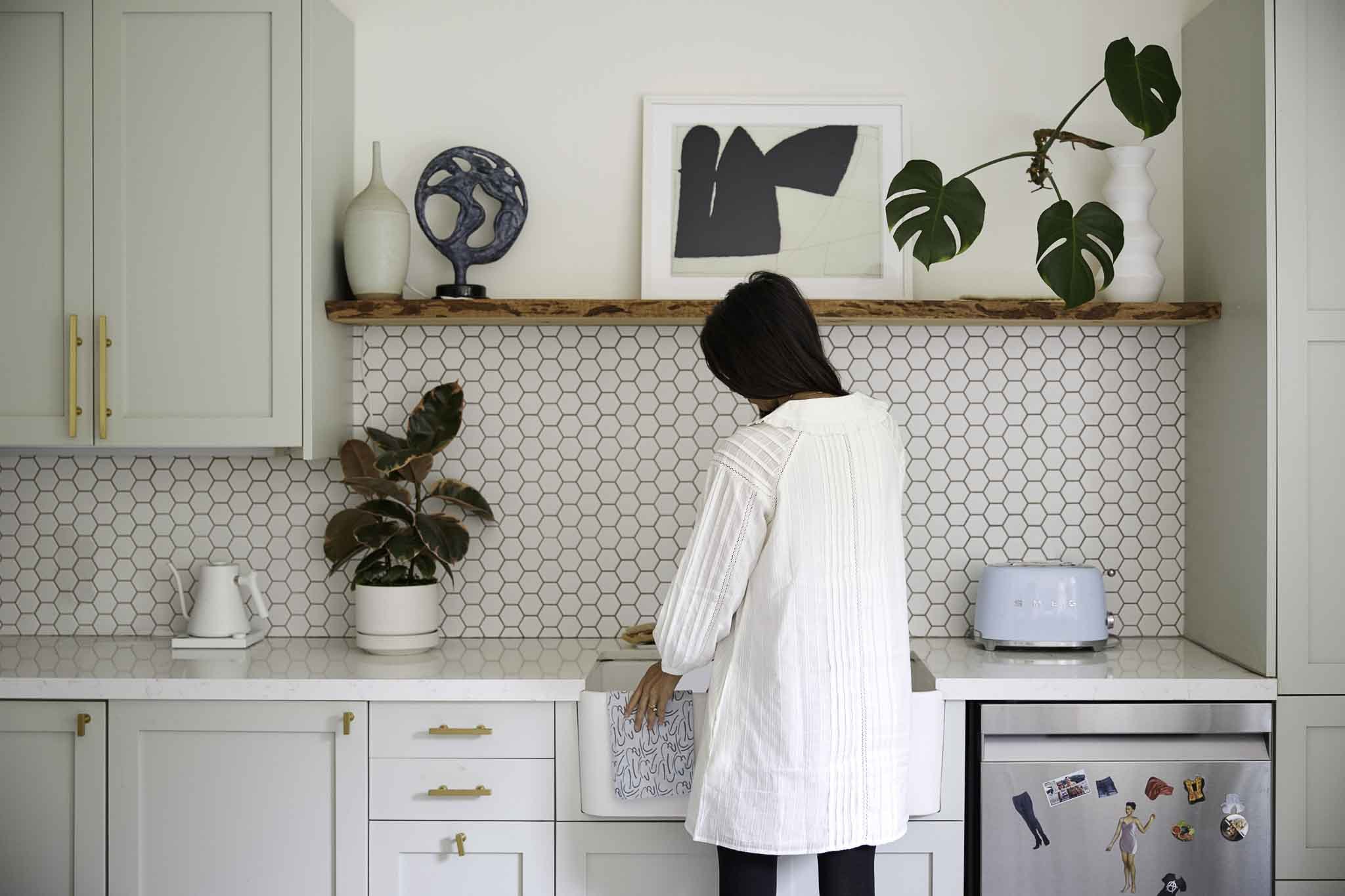
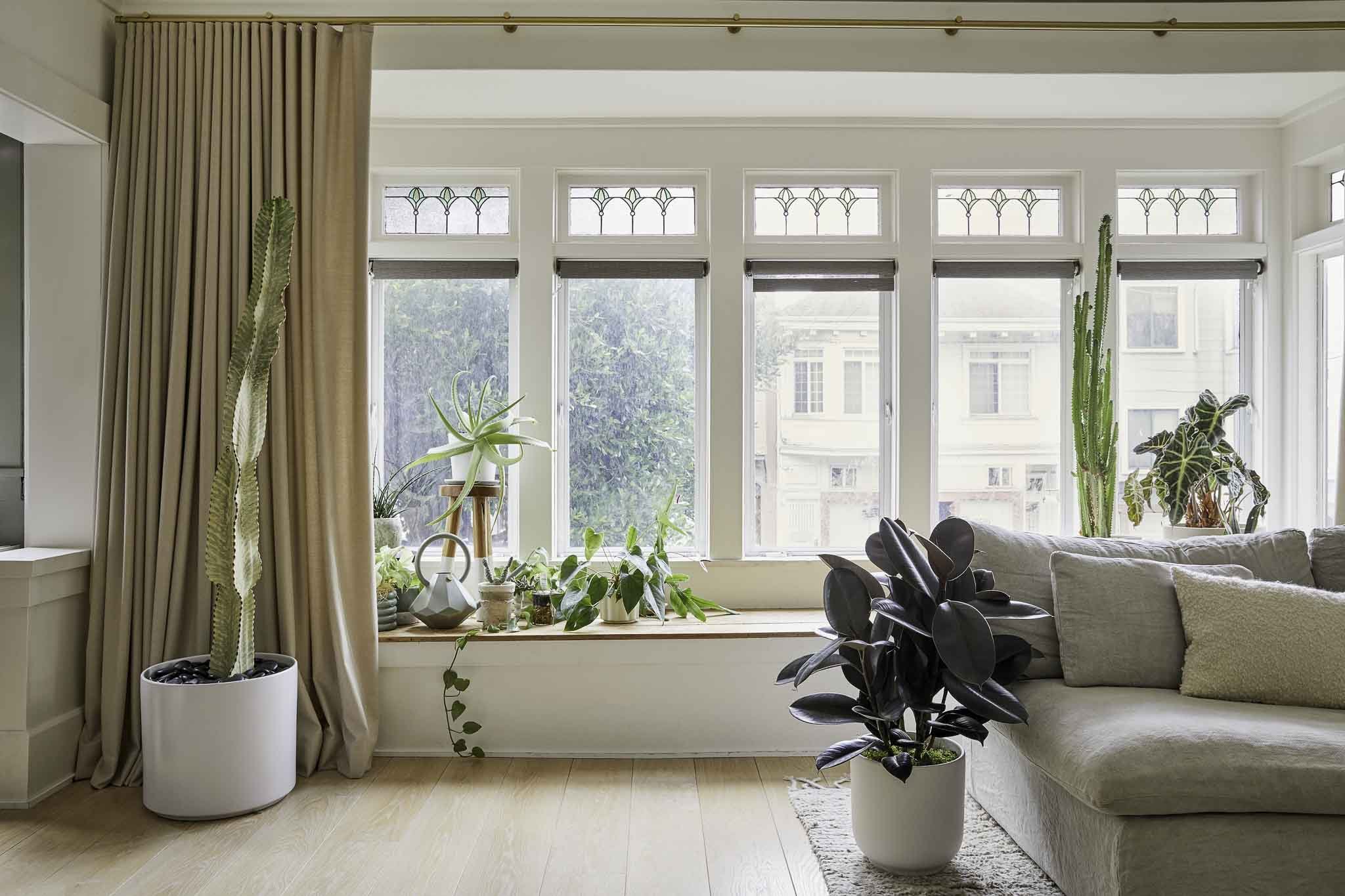
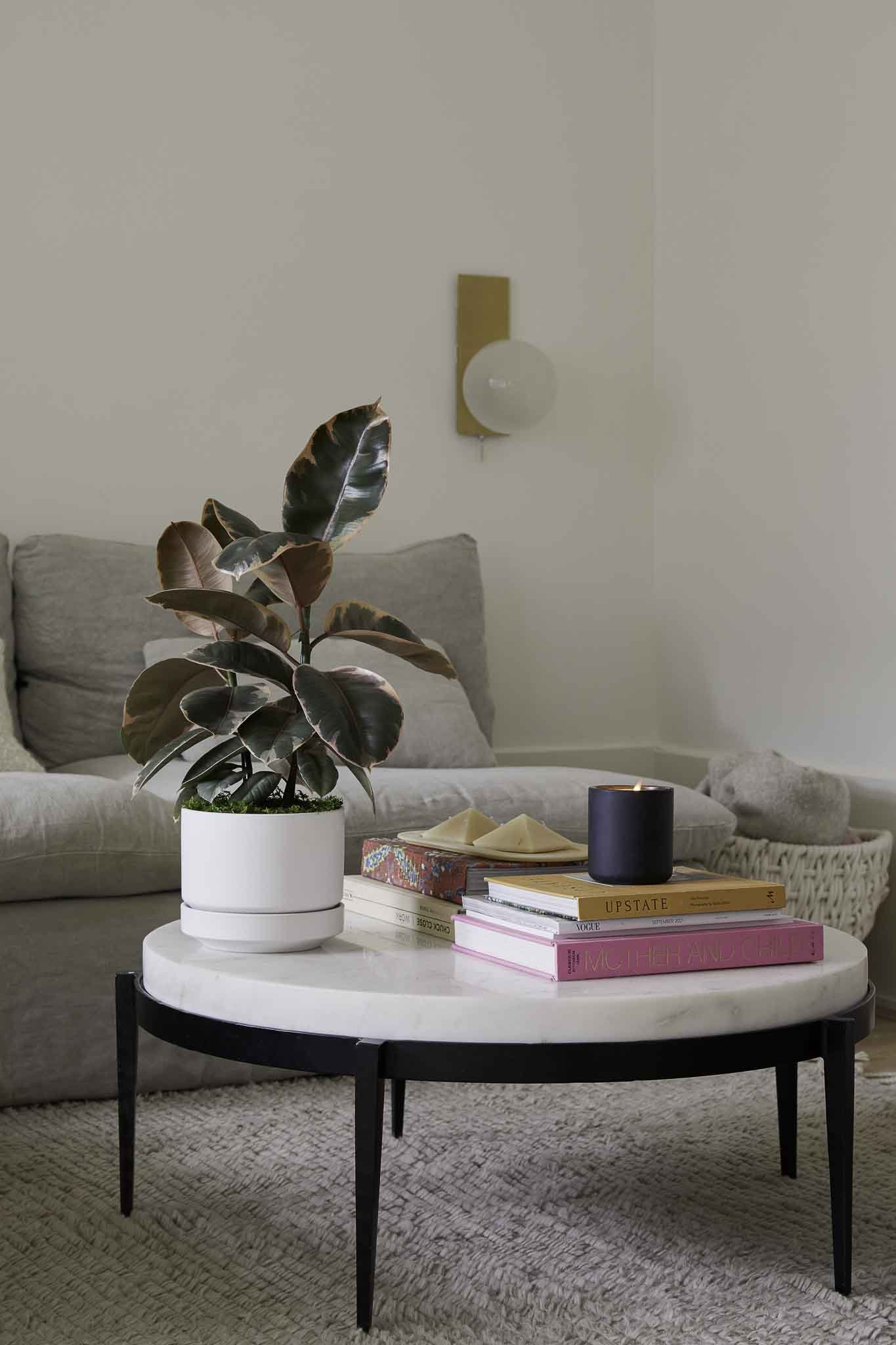
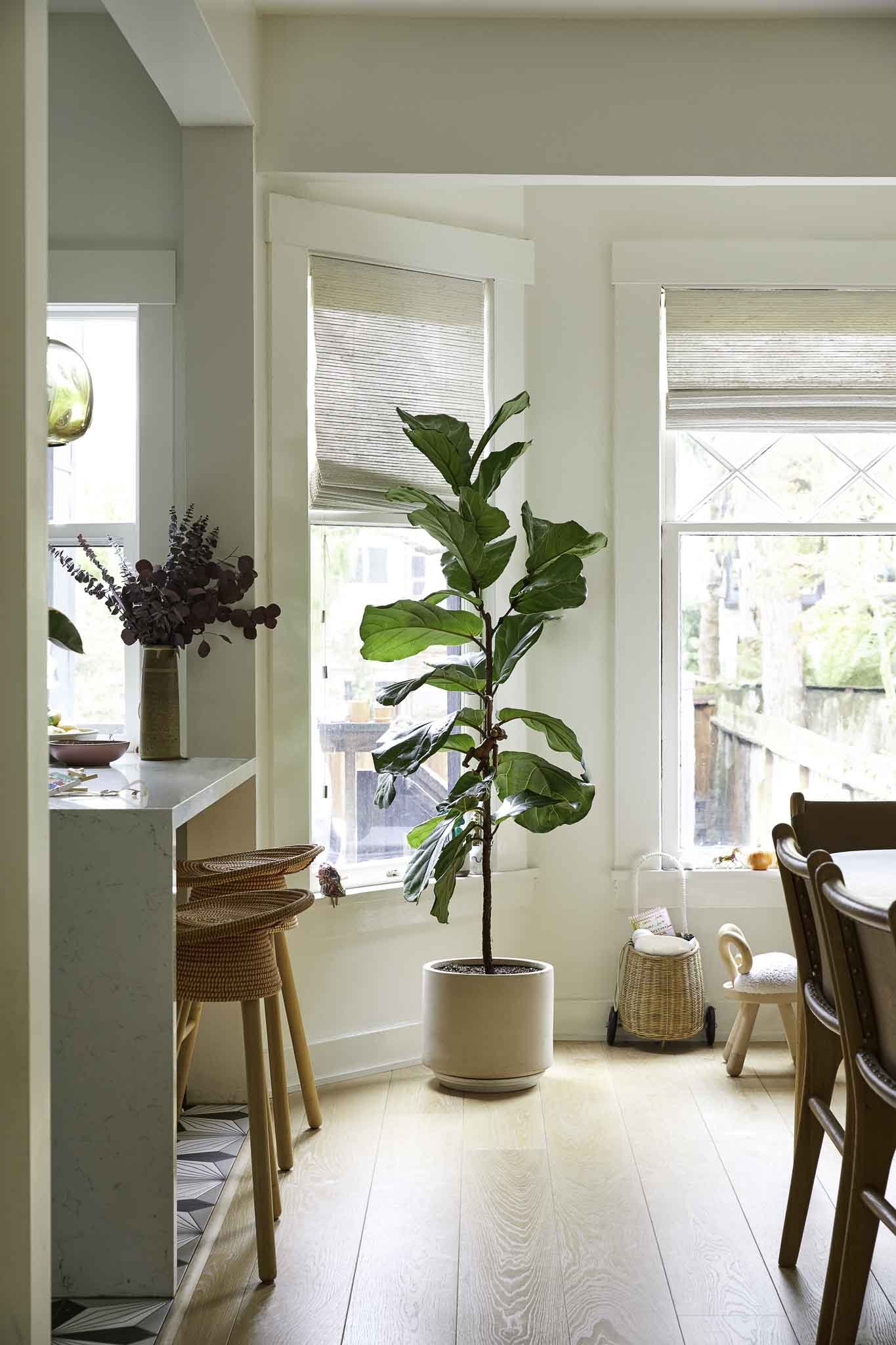
Thriving plants, of course, are a trend that Angela is more than happy to welcome into her home. With over 30 different varieties adorning the built-in bay window typical in San Francisco homes, she credits her plant-friendly husband for the lushness that completes their spacious layout.
“My husband is the green thumb around here. He’s also a minimalist, but not necessarily when it comes to plants!”
Following the latest trends can have its drawbacks, though, and Angela prizes individuality. She tells us that she’s become more intentional about what she brings into her home, choosing pieces that, while on-trend, will also stand the test of time. And when restlessness hits, switching up the paint colors is always a good solution. As she says, “We’ve been in this home for three years, and I’ve painted the reading nook three times.”
Suffice it to say, we’re confident that following her whims will always serve Angela well: by intuiting her passions and cultivating a sense of play, she’s sure to maintain a luscious space with lively, original style wherever she goes.
Angela’s Plant Picks: The Desert Cactus, Rubber Tree, and Pink Rubber Plant are living, glowing standouts. Beautifully variegated, they pack a punch with height, rich color and sculptural silhouettes.



